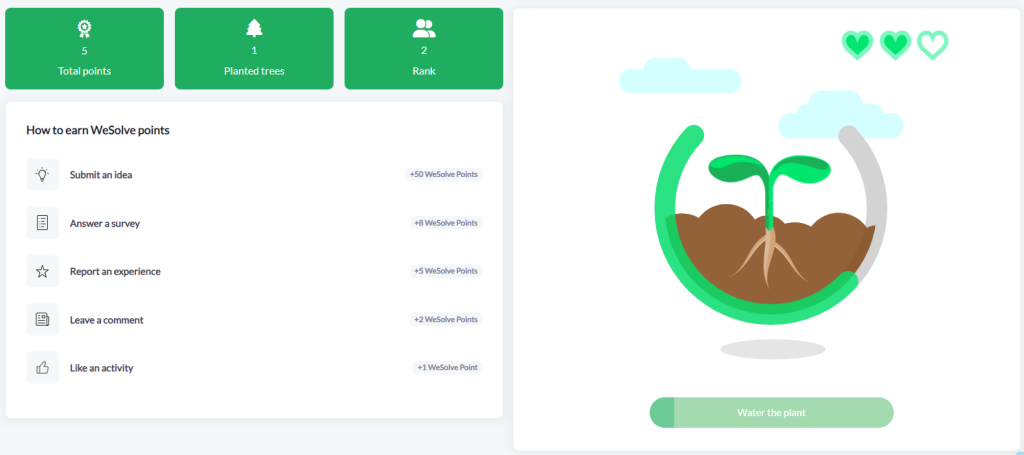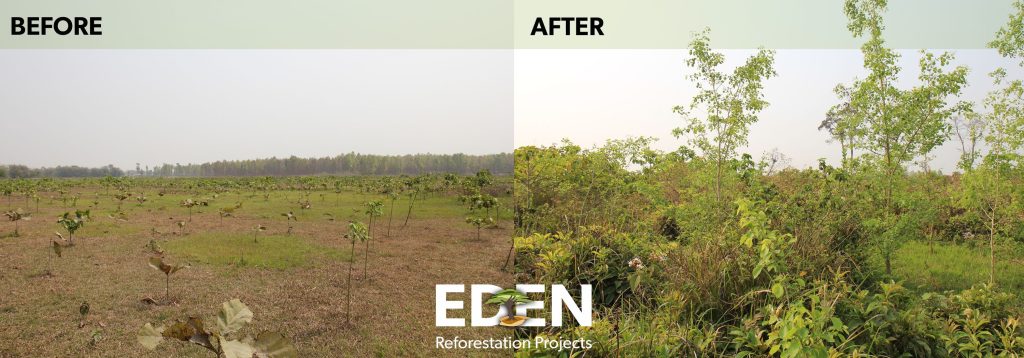The buzzword “Gamification” has become more and more popular in recent years but what concept is actually hiding behind that term?
The concept revolves around the usage of gaming components such as giving rewards to the user of an application, which results in influencing behavior in a certain way. Oftentimes it can be found in all sorts of digital applications, as it creates a certain user experience through play which is aimed to increase user engagement. This happens through using techniques and strategies which impact the reward system and as a result, increase motivation.
The important part is to understand who the target audience is as motivation can be separated into intrinsic and extrinsic motivation.
The Different Facets of Motivation:
When designing a gamification model it makes a lot of sense to also understand the behavior of the ones engaged with that specific model to identify how the motivation can be kept on a high level without decreasing at any point in time.
Here extrinsic and intrinsic motivation come into play.
Internal: Intrinsic motivation can also be defined as elementary motivation, which means it comes from within the person itself. The drive to keep engaging with an application is being created internally as the rewards are oftentimes not explicitly defined but rather stem from one’s internal values and the feeling of taking part in something important and valuable.
Intrinsic motivation for example can be defined through purpose, as it engages the user in something that matters, or autonomy, as it lets the user make their own choices in a self-directing manner.
External: On the contrary, as the word already describes, Extrinsic motivation stems from the outside, meaning is external. This means that the outcome of engaging in an app or a game is already known from the start and can consist of points, badges, level-ups, and more. As Extrinsic motivators can lead to users forgetting the main purpose of why they engage in the first place, as they solely focus on gaining more rewards, external motivation can easily lead to retention in the engagement, as it becomes mechanical.
How WeSolve Motivates:
As a community engagement platform, WeSolve aims to solve challenges appearing in a community through different engagement activities in a collaborative way, which means that the human desire for competition and to outdo opponents shall not be incorporated when it comes to motivation and engagement. The Wesolve framework is made to be used by everybody in an equal manner without creating a rivalry between its users as they all pull on one string. 
Yet, the app contains a very specific gamification model, which motivates externally and internally without having the user lose track of the engagement purpose.
Creation through Engagement:
In the app, users can participate in surveys, challenges, and other engagement activities to help make decisions for their community and ultimately define future changes, which leads to an increase in life quality.
This mere action of engaging for the purpose of actively creating can be seen as an internal motivator as it gives the user the tools to shape their very own community they live in. This means that filling out surveys and challenges in the application brings empowerment to the user.
Empowerment to actively change the rules and bring positive development.
The WeSolve Points:
Furthermore, the model also has a point system, which gives a certain number of points to the user, after engaging with a certain activity. This is a good example of how extrinsic motivation is being used to keep the user engaged by collecting points. 
The pitfall of using WeSolve to only get more points is being eradicated by the mere purpose of the application. To engage for the right thing. Some engagement activities might simply not be interesting for a certain social group. This means that even though points can be collected, the autonomy and purpose to engage are being kept alive, as users can still be self-determined about which activities to engage with.
Another factor that prohibits the external point system from becoming the only reason why people use the app is the reward, the points can be used for.
The Reforestation Model:
Climate change and global warming have led to many acres of plant vegetation and forest being eradicated and the time has come when citizens, organizations, and governments are recognizing the urgency to act and restore forests around the globe.
Not only could further deforestation mean that the effects of global warming on the planet are being even further accelerated but the habitat, which vanished for most of the planet’s wildlife and the resulting extinction of many animal species will have catastrophic consequences for the survival of humans.
To counteract, Wesolve´s gamification model includes planting trees, which harnesses the power of community engagement, technology, and motivation to bring positive change to the environment and also the people who live in it. 
- Motivation through Ecological Activism:
The gamification model around planting trees takes extrinsic and intrinsic motivation into account.
The points gained through community engagement in the application are being used to plant trees through WeSolve’s collaboration with Eden Reforestation Projects. Operating in countries such as Kenya, Madagascar, or Ethiopia, the organization works together with local communities towards restoring and maintaining the landscape through a holistic approach. This means that the entire process from preparing the soil to planting and watering a tree to monitoring the development is being done through local people and their cultural knowledge of the habitat they are working in.
This ensures that the planting activities are being done and evaluated in a proper way while also providing work and purpose to locals.
The planting activities can be followed and the growth of every planted tree over time is well documented. This created a sense of ownership and accountability for the user.
As mentioned earlier, one consequence of external motivation such as the point system is that the engagement activities are only being conducted for the sake of gaining points, which leads to a decrease in focus and quality of results.
This is being countered by collectively using the rewards for the greater purpose of reforestation, which strengthens the ties between people, their community, and the world they live in.
- The Technological Integration:
The effectiveness of WeSolve´s gamification model depends on the technology. The application is available as a mobile and web app, which makes it very easy to track and report the tree planning activities. Furthermore, these elements also enable the point system which drives recognition and provides an overview of one´s personal sustainable impact. 
- The Environmental Benefits:
By integrating a reforestation gamification model into the framework, WeSolve delivers tangible benefits for the environment. Engaging with the application helps to increase tree planting rates and helps with the overall goal of reforestation. This not only aids in combating climate change by absorbing carbon dioxide, which helps to improve the quality of water and air but also keeps the life cycle of nature intact by providing habitat for wildlife.

- Fighting the Attitude-Behavior Gap:
By implementing the model directly into community engagement activities, everyone automatically contributes to helping the environment, as it takes the active decision to do so away from them.
The Attitude-Behavior Gap presents itself in the paradox that even though many people are concerned about the environment and want to help but oftentimes are not able to integrate that behavior into their everyday actions because they simply forget or lack efficient resources. This gap between value and choice is the reason why solutions for issues such as climate change are so hard to integrate into a person’s life. This willingness to do something and the connected action are presented to the user by simply engaging in the activities presented in the WeSolve application by simply bridging the attitude-behavior gap.
Integrating sustainable solutions into gamification approaches can help people and communities to become more aware of environmental challenges and help to change behavior. The unique case of WeSolve proves that internal and external motivation can easily flow together in a framework that lets citizens co-create their future while doing something good for the planet at the same time.
Engage and change – with WeSolve.